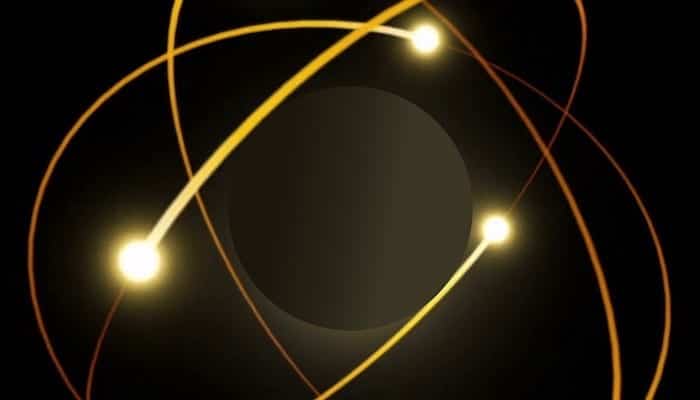LV Pressure volume loop
aka BSCC Physiology 005
Basic Science in Clinical Context Examination: 2 minutes long in 2 parts.
- Exam candidate answering a question (under exam conditions)
- Professor providing a more detailed explanation (with transcript)
Please draw and describe the pressure volume loop of the left ventricle
Examinee response: Drawing and explanation in real-time video/audio
Examiner Explanation
Transcript
Pressure volume loop diagram
- This pressure volume loop diagram represents the 5 phases of the cardiac cycle.
- It makes more sense to start at the end of stage 4 of the cardiac cycle: isovolumetric relaxation and beginning of stage 5- ventricular diastole.
- At this point, the end systolic volume of the LV is +- 50ml.
- LV diastole begins, stage five of the cardiac cycle. This phase allows the ventricle to fill. Remember that atrial systole or phase 1 of the cardiac cycle occurs late in diastole and propels some additional blood into the ventricles-allowing the volume in the LV to reach around 130ml (this is the LV end diastolic volume)
- At point “a” is when ventricular diastole ends, the mitral valve closes and phase 2 of the cardiac cycle or isovolumetric contraction begins.
- At point “b”, the pressure in the left ventricle rises above the pressure in the aorta causing the aortic valve to open. Now begins phase 3 of the CC- ventricular systole. 70-90ml (80ml) of blood is ejected into the aorta. This is stroke volume.
- At point “c” the pressure in the LV drops below that of the aorta and the aortic valve closes. The remaining volume/the end systolic volume in the LV is around 50 ml.
- This allows you to work out the ejection fraction of the LV: 80/130=62%.
- Now phase 4 of the cardiac cycle begins: isovolumetric relaxation.
- The pressure in the LV drops to below that of atrial pressure. Phase 4 ends and Phase 5 begins again.
- Some pressure volume loop diagrams describe an additional line. This line represents the end systolic pressure volume relationship. (ESPVR). It is the maximal pressure that can develop by the left ventricle at any given LV volume.
- This line becomes steeper/shifts left as inotropy/contraction increases and will flatten as inotropy/contraction decreases.

Basic Science
in Clinical Context
Emergency Physician. Basic science in clinical context educator | LinkedIn |

